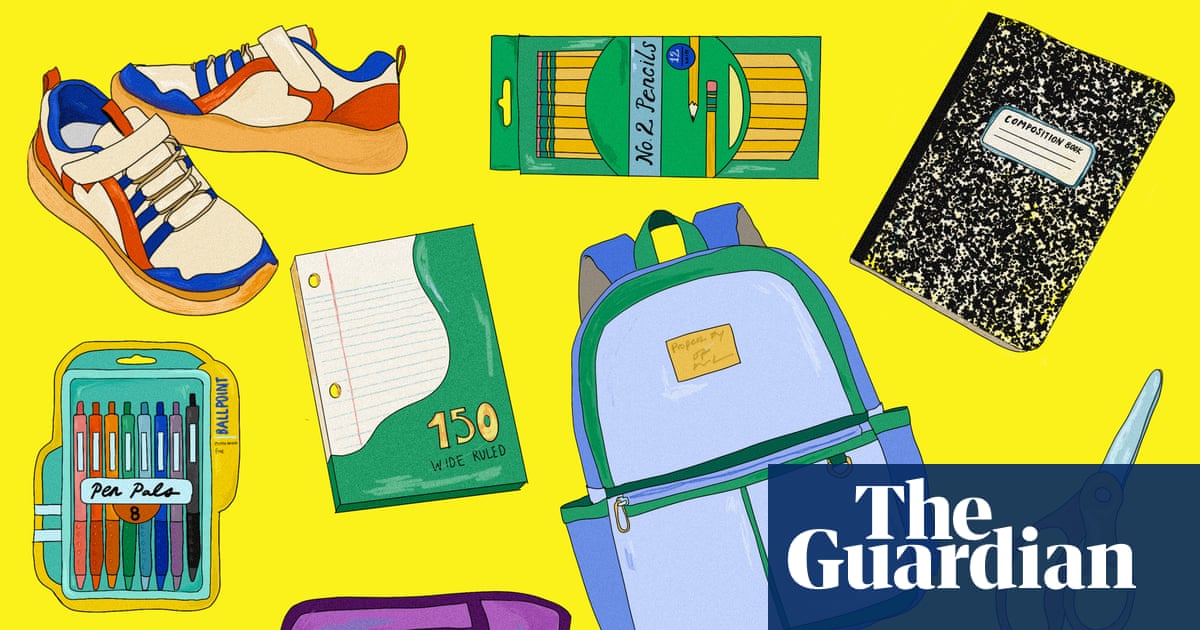
"But with school supplies so dependent on imports, consumers have been anxiously waiting to see how tariffs will affect the prices they see in stores. A survey from the National Retail Federation (NRF) found that 12% more parents started back-to-school shopping earlier this year compared with last year, largely because of concerns over tariffs, and 72% of parents expect higher prices this year."
"The NRF estimated the total expected spending for back-to-school shopping, from new clothes and electronics to pencils and paper, will total $39.4bn the second highest on record, after 2023. Families with kids in kindergarten through 12th grade are budgeting, on average, $874.68 for everything they need for the year. It's still unclear exactly how much Trump's new tariffs will affect prices. Companies have the power to increase prices as much as they want, but at the risk of losing customers to competitors."
Most of Donald Trump's tariffs went into effect at the beginning of August while a deal with China remains pending. Parents shifted shopping earlier, with a National Retail Federation survey finding 12% more parents began back-to-school shopping and 72% expect higher prices. The NRF estimates total back-to-school spending at $39.4bn, the second-highest on record, and average family budgets at $874.68 for K–12 needs. Retailers and importers are negotiating pricing and cost absorption with foreign suppliers. Target held prices on 20 items for 2024, but economists expect retailers will eventually pass increased costs to consumers. A Goldman Sachs estimate of consumer impact was not fully provided.
Read at www.theguardian.com
Unable to calculate read time
Collection
[
|
...
]